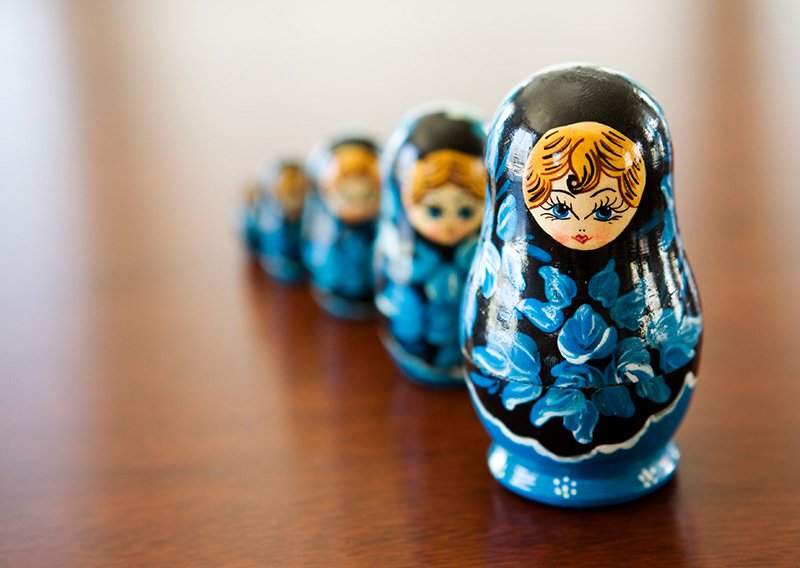Effective homespun artificial lighting for photographers
As the shorter days have arrived here in the northern hemisphere, instead of putting your camera away until Spring why not have a go with artificial lighting? You don’t need flashguns or fancy studio lighting; you will have everything you need in your house already.
Two things to think about first:
1. How strong is your light source? To light up larger objects you’ll need brighter light sources. If you are working with candles or torches you’ll need to scale down your ambitions and create table-top sized still life rather than anything bigger.
2. How close is your light source? If your light is close to your subject you’ll get harder shadows. Lights that are further away or shone through a diffuser (like tracing paper) will give softer shadows.
Beginner’s photography course
Emma’s flagship photography course is free by email. Join A Year With My Camera here and get started today:
You can use anything at all as a light source as long as it is brighter than the ambient light. Here are some ideas for things you probably already have at home:
phone torch
tablet or computer screen
candles (don’t leave unattended)
desklamp
Phone torch
The one thing we always have with us, and it is a great little tool for table-top still life or popping a splash of fill light into a shadow.
Computer or tablet screen
Set your screen to display pure white and use it as a main light source or as a pure-white background. You can get “lightbox” apps to show a full white screen (or many other colours) or you can just pull up a photo of a white piece of paper and push the screen brightness up as high as it will go:
This nigella head was placed on a phone showing a white screen to get the pure-white background. Don’t forget to over-expose if your camera is on auto exposure. (If you don’t know why then join A Year With My Camera at the end of this post and find out in the very first lesson.)
You might also enjoy our Lockdown Flower Photos project which explores this technique in more detail.
Another trick is to bring up an actual photo on your screen and then use it as the background for your table-top photograph. If you use a wide aperture it will be knocked out of focus and seem even more realistic.
Candles
Candlelight is very dim but creates beautiful, soft, atmospheric shadows. Use a tripod if you have one, or set your camera on the table and use the self timer to allow the long shutter speeds you will need.
Desklamp
Never dismiss the obvious. There’s no reason you can’t use desklamps to light your photograph. Watch the white balance; it will probably be on the yellow side which you can fix in post processing if you don’t know how to work off auto white balance.
These are some table-top sized photos you might be able to recreate using homespun artificial lighting:
Related posts:
Getting started with window light still life
Introduction to macro photography
Introduction to flash photography
Join AYWMC here:











